(CPV) - The general objective of the Planning is to increase the area, restore, ensure the integrity and connection of natural ecosystems; effectively manage and conserve wildlife and rare genetic resources; build and develop a system of nature reserves, biodiversity corridors, biodiversity conservation facilities, areas of high biodiversity, important ecological landscapes, and important wetlands to contribute to responding to climate change and sustainable development of the country.
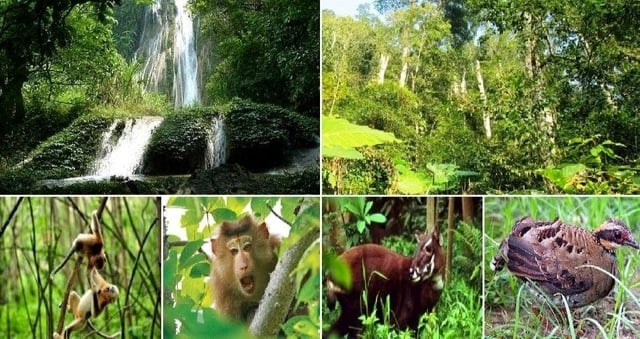 |
| Illustration photo |
Deputy Prime Minister Tran Hong Ha has just signed Decision No. 1352/QD-TTg dated November 8, 2024 approving the National Biodiversity Conservation Plan for the 2021-2030 period, with a vision to 2050.
The general objective of the Plan is to increase the area, restore, ensure the integrity and connection of natural ecosystems; effectively manage and conserve wildlife and rare genetic resources; build and develop a system of nature reserves, biodiversity corridors, biodiversity conservation facilities, areas of high biodiversity, important ecological landscapes, and important wetlands to contribute to responding to climate change and sustainable development of the country.
Establish 61 new conservation areas
The plan sets specific goals to expand, upgrade and improve the management efficiency of the nature reserve system; transition 178 existing reserves (of which 07 will be upgraded and 27 reserves will be expanded); establish 61 new reserves; and increase the total area of the national reserve system to about 6.6 million hectares.
Strengthen and develop the system of biodiversity conservation facilities, biodiversity corridors, and important wetlands; transfer 13 existing biodiversity conservation facilities, grant certificates to 09 biodiversity conservation facilities; transfer 03 existing biodiversity corridors, form 07 biodiversity corridors; form 10 important wetlands at the national level.
At the same time, a system of high biodiversity areas and important ecological landscapes will be formed, including 22 high biodiversity areas with a total area of about 2 million hectares and 10 important ecological landscapes with a total area of about 4 million hectares.
By 2050, important natural ecosystems, endangered, precious and rare species, and valuable genetic resources are restored and effectively conserved; biodiversity and ecosystem services are evaluated, used sustainably and bring essential benefits to socio-economic development, contributing to ensuring environmental security, proactively responding to climate change, and sustainable development of the country...
Planning Orientation according to 8 ecological zones
Orientation of Biodiversity Conservation Planning for the period 2021 - 2030 according to 08 ecological regions nationwide including: Northeast region; Northwest region; Red River Delta region; North Central region; South Central region; Central Highlands region; Southeast region; Mekong River Delta region.
The Decision provides 8 solutions to implement the Planning, including solutions on: mechanisms and policies; training and capacity building; finance and investment; propaganda and raising public awareness; international cooperation; organization and monitoring of planning implementation.
In particular, promote scientific research on conservation and sustainable use of biodiversity; focus on applied research to develop models for breeding and re-releasing wild species into the wild; conserve endemic and endangered species, prevent the degradation of species at risk of extinction in the wild; effective ecotourism models; develop and receive transfer of new technologies on nature conservation and biodiversity.
Strengthen the application of remote sensing technology and geographic information systems (GIS) in planning and monitoring the implementation of planning, monitoring the objects of biodiversity conservation planning; building models of community participation in biodiversity conservation, replicating advanced examples.
Strengthening propaganda and dissemination of laws on biodiversity conservation to enhance capacity and responsibility for all organizations and individuals, especially management officials and communities living in and around areas of high biodiversity and important ecological landscapes...
Source: https://dangcongsan.vn/khoa-hoc/phe-duyet-quy-haach-bao-ton-da-dang-sinh-hoc-quoc-gia-thoi-ky-2021-2030-tam-nhin-den-nam-2050-682774.html


![[Photo] Enjoy the Liuyang Fireworks Festival in Hunan, China](https://vphoto.vietnam.vn/thumb/1200x675/vietnam/resource/IMAGE/2025/10/26/1761463428882_ndo_br_02-1-my-1-jpg.webp)



![[Photo] Nhan Dan Newspaper displays and solicits comments on the Draft Documents of the 14th National Party Congress](https://vphoto.vietnam.vn/thumb/1200x675/vietnam/resource/IMAGE/2025/10/26/1761470328996_ndo_br_bao-long-171-8916-jpg.webp)
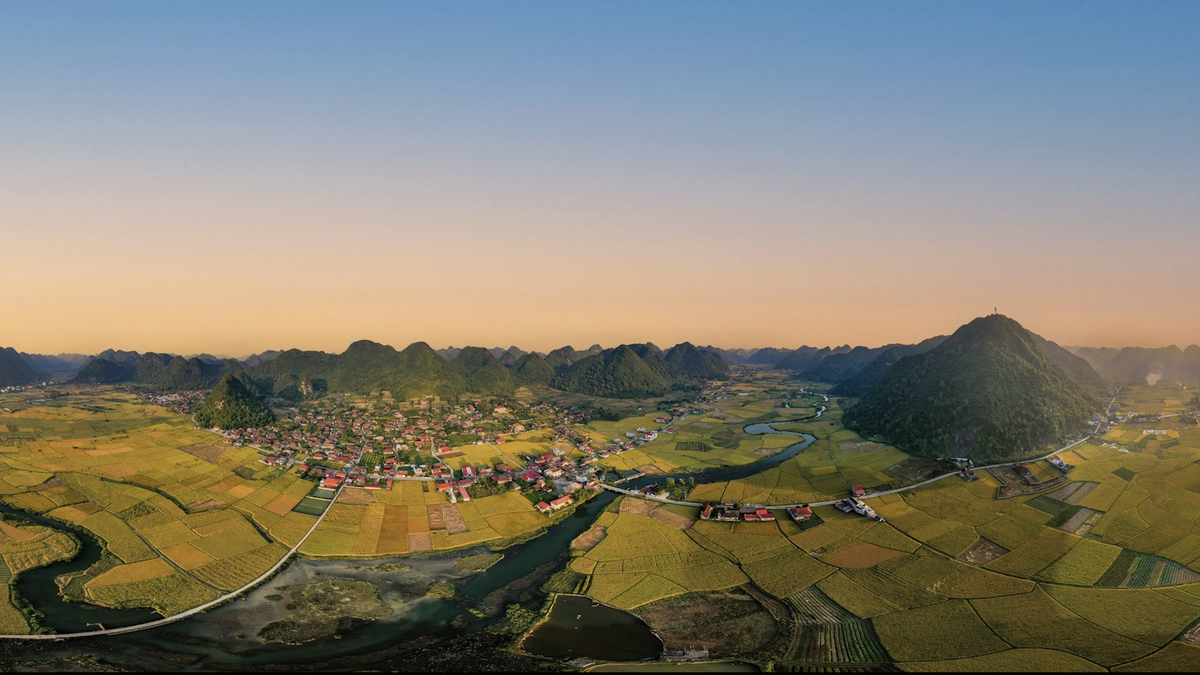








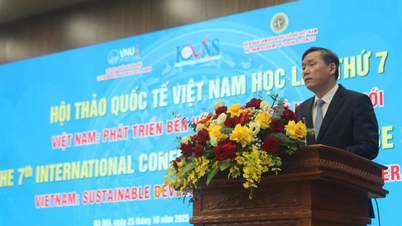








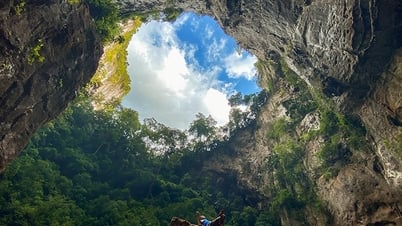
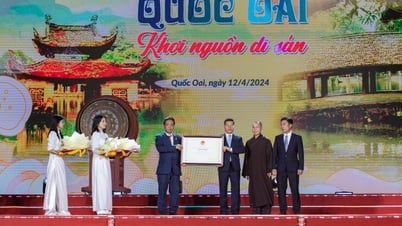
![[Photo] General Secretary To Lam received the delegation attending the international conference on Vietnam studies](https://vphoto.vietnam.vn/thumb/1200x675/vietnam/resource/IMAGE/2025/10/26/1761456527874_a1-bnd-5260-7947-jpg.webp)
![[Photo] Prime Minister Pham Minh Chinh attends the opening of the 47th ASEAN Summit](https://vphoto.vietnam.vn/thumb/1200x675/vietnam/resource/IMAGE/2025/10/26/1761452925332_c2a-jpg.webp)
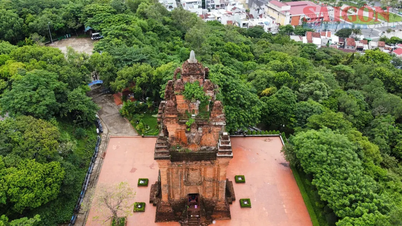



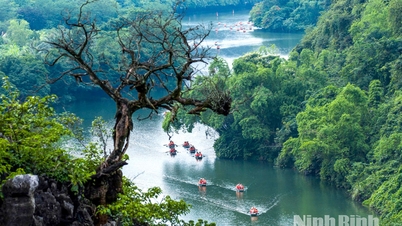










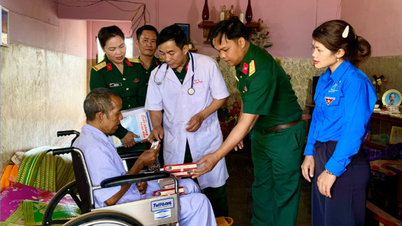




























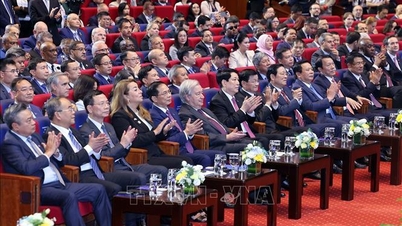

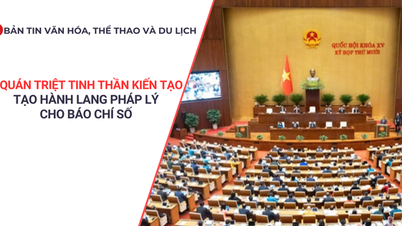







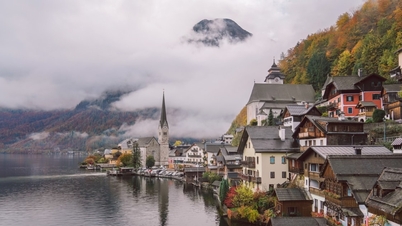





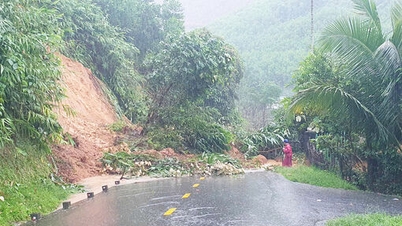












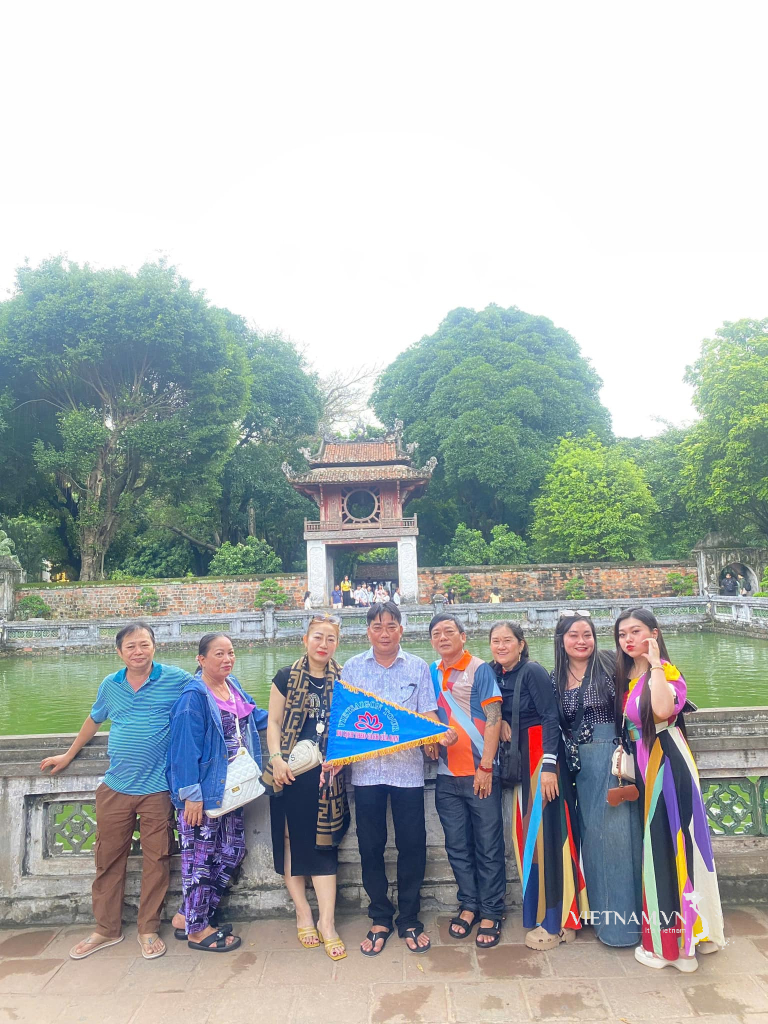

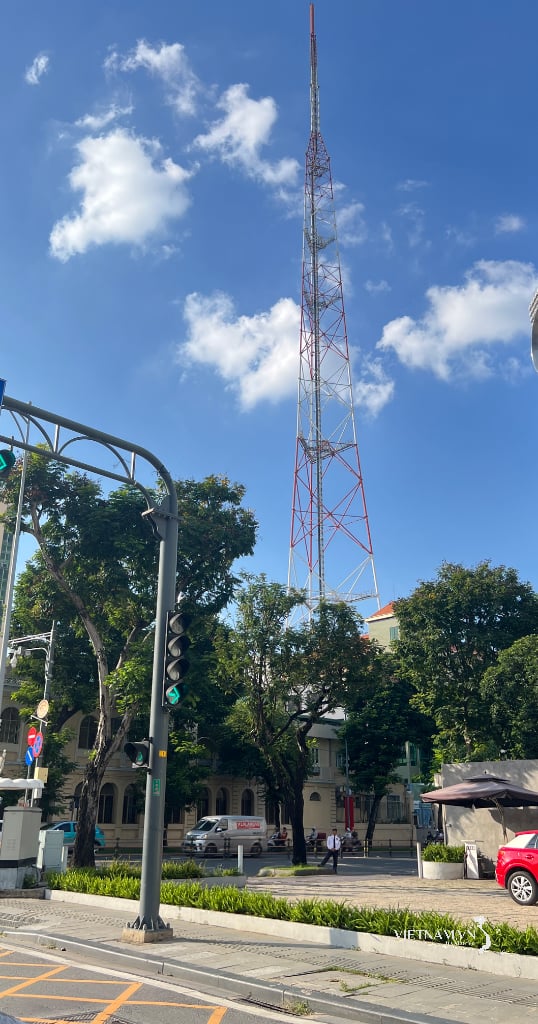

Comment (0)